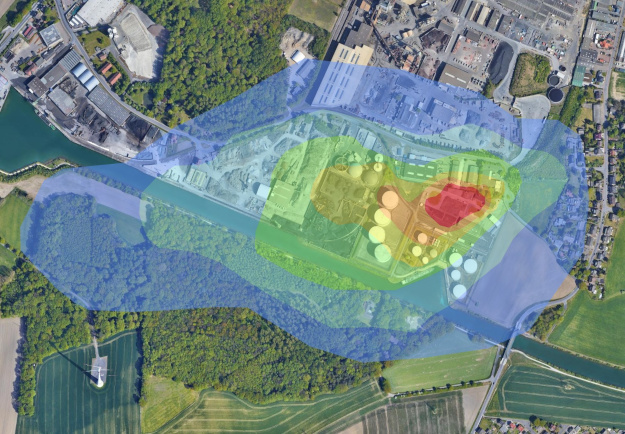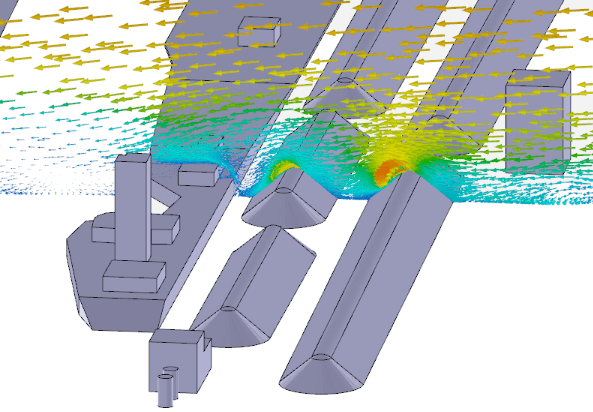Monitoring networks and plans
Read more
Air quality monitoring networks are systems capable of measuring concentrations of atmospheric pollutants and providing compliance with the objectives of the air quality monitoring plans:
– Check the degree of exposure of the population to atmospheric pollutants, considering public health criteria;
– Monitor medium and long-term trends to verify the effectiveness of control programs, assessing the need for improvements.
In order to achieve these objectives, air quality monitoring networks and monitoring plans must be properly designed.
At EcoSoft, the air quality monitoring networks consider the geographic and demographic characteristics of the region, the atmospheric emissions inventory and the conditions of dispersion of pollutants in the atmosphere.
EcoSoft is a pioneer in the application of optimization techniques for the projects of air quality monitoring networks, providing the best cost-benefit ratio, in addition to quality and representativeness of the data generated by the air quality monitoring systems.
We prepare plans for monitoring atmospheric emissions considering the specific characteristics of the project's emission sources, pollutants emitted, emission rates, and applicable requirements.
See less
Air quality monitoring networks are systems capable of measuring concentrations of atmospheric pollutants and providing compliance with the objectives of the air quality monitoring plans:
– Check the degree of exposure of the population to atmospheric pollutants, considering public health criteria;
– Monitor medium and long-term trends to verify the effectiveness of control programs, assessing the need for improvements.
In order to achieve these objectives, air quality monitoring networks and monitoring plans must be properly designed.
At EcoSoft, the air quality monitoring networks consider the geographic and demographic characteristics of the region, the atmospheric emissions inventory and the conditions of dispersion of pollutants in the atmosphere.
EcoSoft is a pioneer in the application of optimization techniques for the projects of air quality monitoring networks, providing the best cost-benefit ratio, in addition to quality and representativeness of the data generated by the air quality monitoring systems.
We prepare plans for monitoring atmospheric emissions considering the specific characteristics of the project's emission sources, pollutants emitted, emission rates, and applicable requirements.






